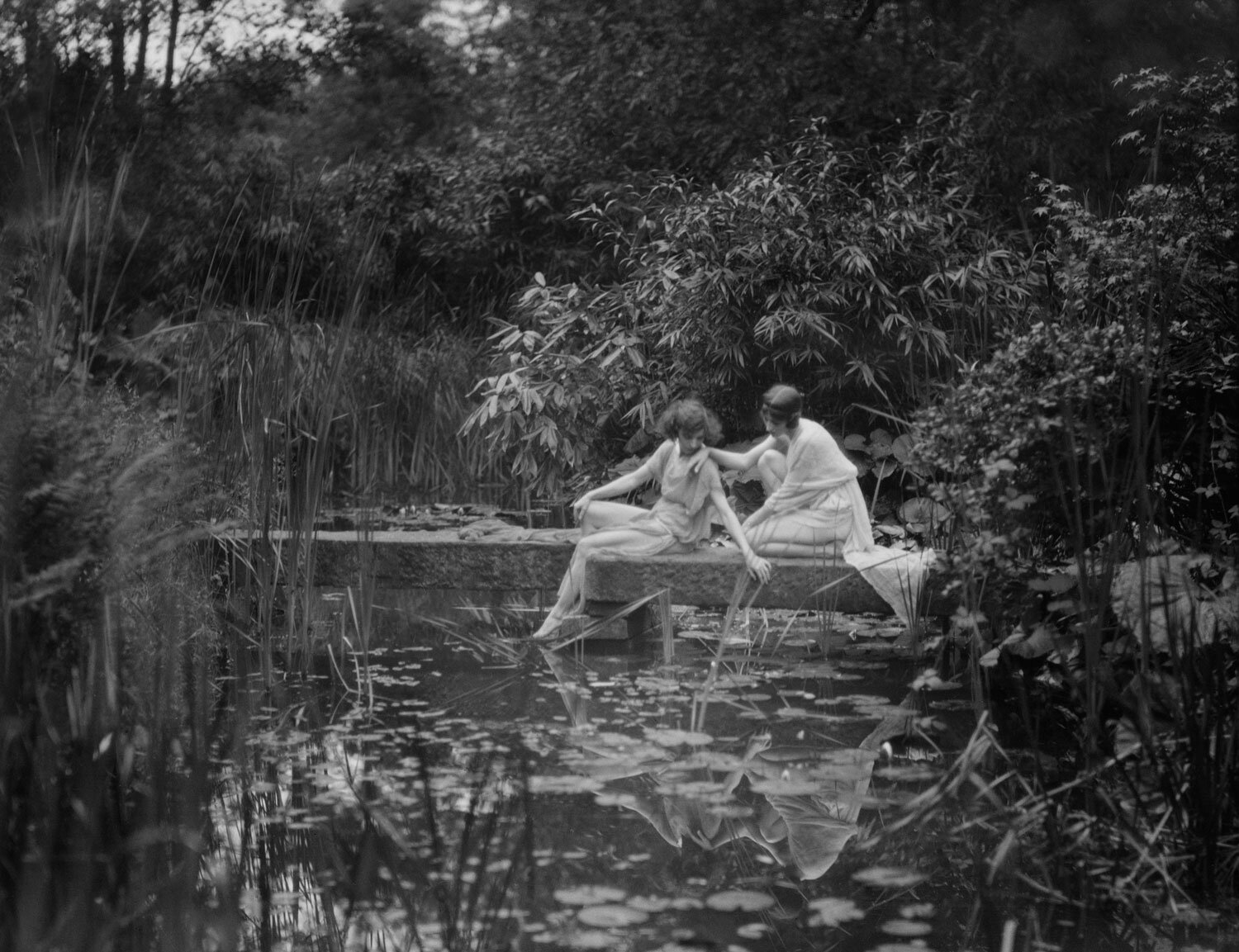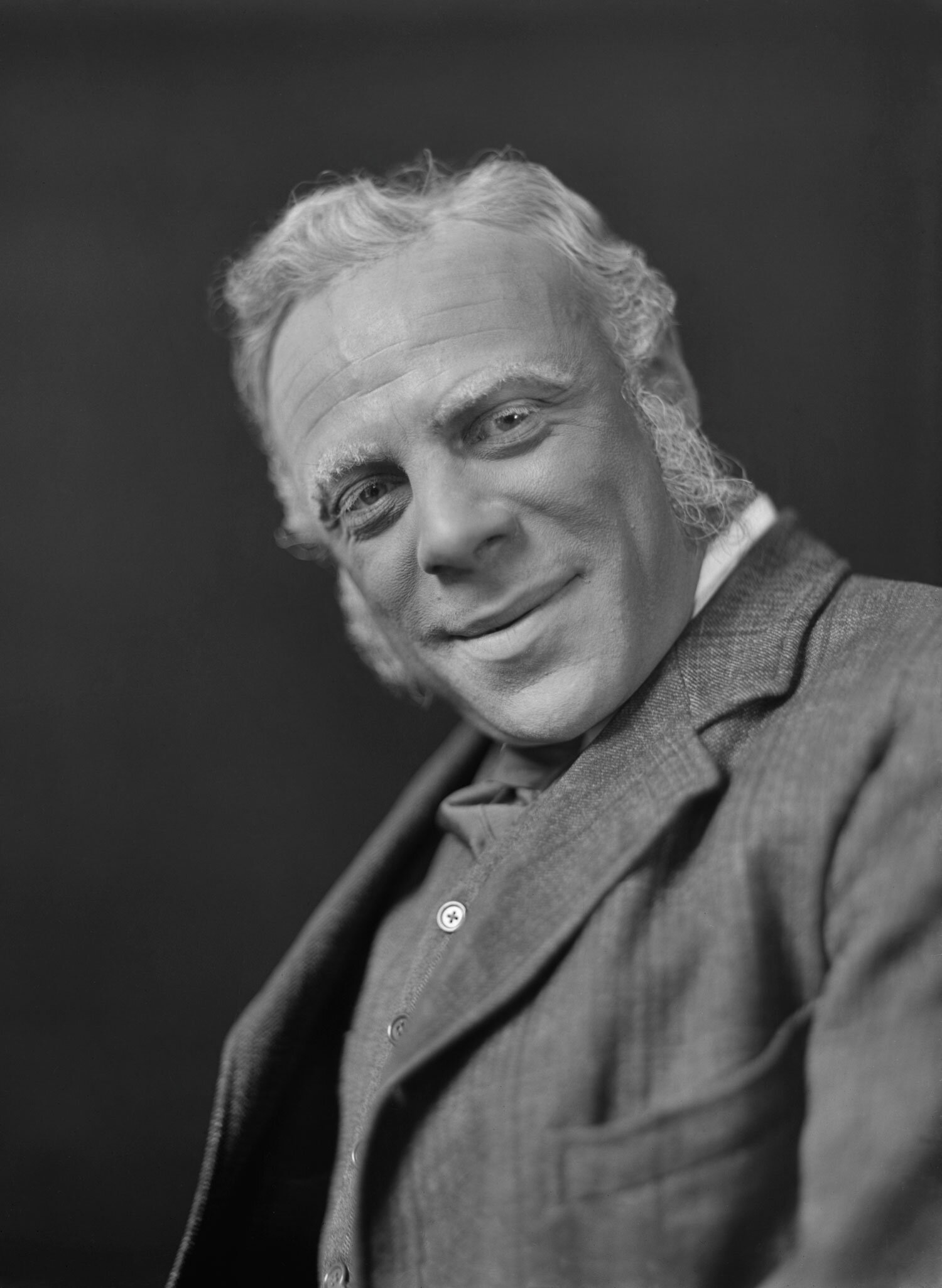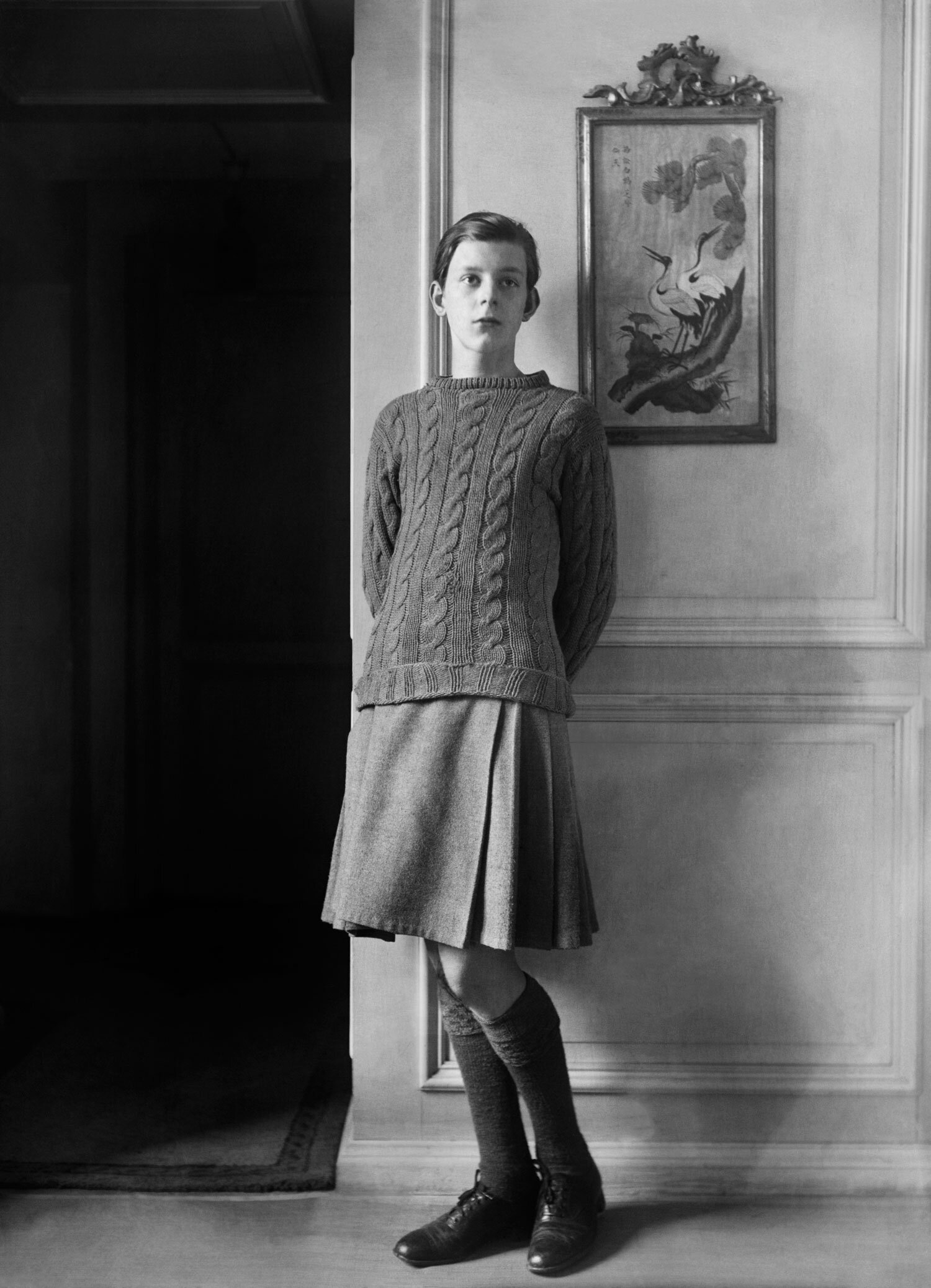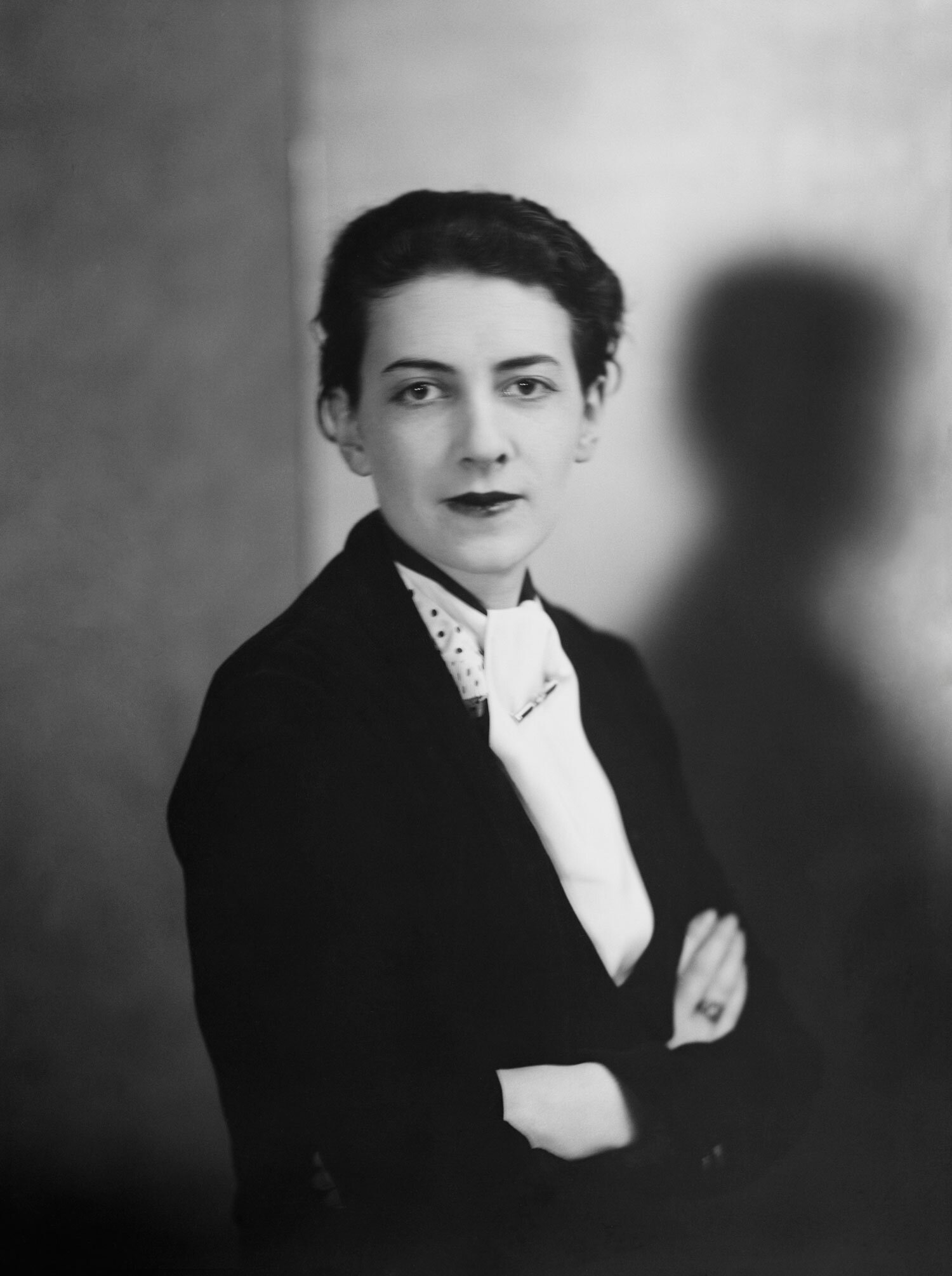Curator Conversations: Mark S. Melville on “Unspeakably Queer”
We sat down with Curatorial’s very own Mark S. Melville, Chief Archivist for the E.O. Hoppé Estate Collection, and curator of the traveling exhibition Unspeakably Queer, to learn more about the historical context in which its photographs were taken, how they were discovered in the archive, and what the exhibition offers for audiences’ comprehension of LGBTQI+ history.
Working at a time when male homosexuality was illegal and notions of transsexuality were embryonic, photographer E.O. Hoppé was a major ally during he 1920s and '30s, photographing dozens of what we would now think of as gay, lesbian, bisexual and gender-nonconforming individuals with surprising candidness and extraordinary sensitivity. A century after they were made, the portraits in Unspeakably Queer are striking in their modernity and contemporary relevance.
The Unspeakably Queer exhibition is now available for booking. A publication that will accompany the exhibition is currently in production and will include text bios and background information to accompany each portrait, along with a forward by popular award-winning writer and scholar, Philip Hoare. For exhibition details and booking information, visit our website.
Curatorial: Let's start with the underpinnings. How did you come across this selection and what caught your eye initially?
Mark S. Melville (MM): Working as Archivist of the E.O. Hoppé Collection, I constantly have 100 year-old negatives in my hand, or am wrangling digital scans of them. Hoppé was incredibly prolific; his collection involves tens of thousands of images. One of my central jobs is making sure these images are effectively described in our databases, primarily keyworded and given context.
One day I came across a negative of a teenager on a swing in a fabulously calculated big floppy hat and carefully fanned out, kilted suit (Fig. 1). This “kid,” Stephen Tennant, looked like he was on top of the world. Although I was an English major and an early twentieth century history lover, I had not been aware of him before. As more Hoppé portraits came before me to catalog, I noticed more and more clearly gender-non-conforming people, like the artist Gluck, the sculptor Reneé Sintenis, drag king Beatrice Lillie, and illustrator Alan Odle, a man who never cut his fingernails or his hair, just wrapped it around his head more and more as it grew. Clearly Hoppé, though heterosexual and conventional in his own way, had no problem with, or judgement of, these people. Instead he was showing them at their individual, idiosyncratic best. It inspired me into a deep dive to find other queer people in the archive, and in the process it revealed an incredible “who’s who” of the coolest personalities of the time. Dozens and dozens.
Curatorial: At the time Hoppé was making these photographs, the LGBT community was waning after a wave of scandals involving "gross indecency," epitomized by Oscar Wilde's widely publicized trial and imprisonment. What was it about Hoppé that made these individuals so entrusting of his ability to photograph them in such an honest light knowing what consequences could lie ahead?
MM: Hoppé was an artist. Period. From his teenage years in Munich to his adult life in London he was always mingling with creative, bohemian and outrageous people. If he respected a person for their work, he would befriend them and advocate for them, regardless of scandal. One of his very first professional portraits was Maud Allan, whose dances based on Oscar Wilde’s Salomé got her headline attention, and entangled in an ugly trial that shocked the world.
Hoppé was a theatrical producer on the side for a while and befriended many actors, designers and impresarios. Also a gallerist, he gave individual shows in his own home to at least seven queer artists, and they appear to have been smash successes! The queen would attend! The art would sell out! A writer himself, he understood the more solitary passions of literary figures and was able to draw them out and present their true personality in a photo.
As a queer person, I think we naturally gravitate to people who genuinely “get us.” When you are marginalized, for survival you develop a sense of threats and safe harbors, and Hoppé was a clear advocate of the unconventional. He prided himself on revealing personalities rather than simply flattering them, and for almost all the people in Unspeakably Queer, I think Hoppé consistently took the best, most expressive photos of them in their lives.
Curatorial: Why the exhibition title, “Unspeakably Queer”?
MM: We knew the title had to include the word “queer." It is a term that the community has reclaimed from being used for decades as a slur. It was used back in Hoppé’s time in the sense of being slightly ‘other,’ apart from the norm, not in a bad way, but just…different from most, as in, “what a queer chap." I have to absolutely thank our Executive Director of Exhibitions, Phillip Prodger, for coming up with “Unspeakably Queer,” which is perfect for this era where the tragedy of Oscar Wilde and “the love that dare not speak its name” was always in the background. There was a constant, legitimate atmosphere of fear for these people. As we show in the exhibition and its publication, some people paid a fatal price for that repression and enforced closeting.
Curatorial: The language used to describe the lifestyles of queer people was very limited during the early decades of the 20th century; "gross indecency," "sodomy," and "sexual degeneracy," to name a few choice terminologies. Flash forward to the current social climate where identifying pronouns, gender fluid-awareness and queer culture are becoming more readily recognized and used. In your research with the Hoppé Estate Collection, what did you find most interesting about Hoppé's approach to connecting with these queer figures of the early 20th century given the limited knowledge on the subject and study of sexology at the time?
Fig. 2
Gluck, 1924
Courtesy of the E.O. Hoppé Estate Collection, Pasadena, California
MM: Hoppé, as in so many things, was on the cutting edge here with the emergence of identity politics. One of his friends was Havelock Ellis, who made the first scientific studies of homosexuality and attempted some of the first labels, like “inversion” for same-sex attraction and “eonism” for what we call transsexuality today. Those particular labels didn’t stick, of course, but it was a start. “Queer” and “gay” were in the lexicon already, but when such topics are “unspeakable” you can’t get a consensus at all! The concept of an LGBTQ+ community didn’t exist, and really couldn’t until much later, the late 1960s. We are still trying to figure out labels, and it’s a messy process still.
The artist Gluck is a perfect example of someone whose insistence on the right pronouns is 100 percent relevant to our contemporary concerns (Fig. 2). Born female, Gluck did not identify as such. They said, “no prefix, suffix or [quotation marks].” When an art society called her “Miss Gluck” on their letterhead, Gluck resigned from it! Today, they could have chosen preferred pronouns and published them in their social media profiles.
Curatorial: The portraits in “Unspeakably Queer” reveal how different individuals manifested their public expressions of gender and sexuality at a time when doing so commonly resulted in public shaming, imprisonment, and sometimes death. How does sharing the lesser known stories of these prominent 20th-century icons improve our understanding of LGBTQ+ history and its impact?
MM: Queer people grow up without a sense of history, and as people come of age and try to discover themselves, most don’t have any context, any idea that there are other people like that and the fact that there always have been. It is not taught in school. Queer people in history are almost invisible until you reach university-level, if you are privileged enough to do so, and then there is often a moment when you realize, “hey, wait, they never said anything about this in English class!”
We are hungry to find out about our heritage, those who were like us who came before, who blazed the trails. There are so many lost stories of heroes you can cheer and villains you can boo, and everybody in-between, living complex lives. Cultural heritage institutions are finally starting to realize that these histories are sitting in established collections, just waiting to be uncovered and consumed by eager students of any age. It’s delightful that queer people are finally getting a degree of representation in history, and hopefully Unspeakably Queer is a contribution to this trend!
Mark S. Melville manages the vast digital and physical archive of the various art collections including the E.O. Hoppé Estate Collection, comprising tens of thousands of images, vintage negatives, documents and manuscripts. He has recently curated his first major exhibition, Unspeakably Queer, which showcases portraits and life stories of early-twentieth century LGBTQ+ personalities. Melville holds a BA, English from University of Utah, Salt Lake City, and Archives and Digital Collections Certification from Pasadena City College, Pasadena.










